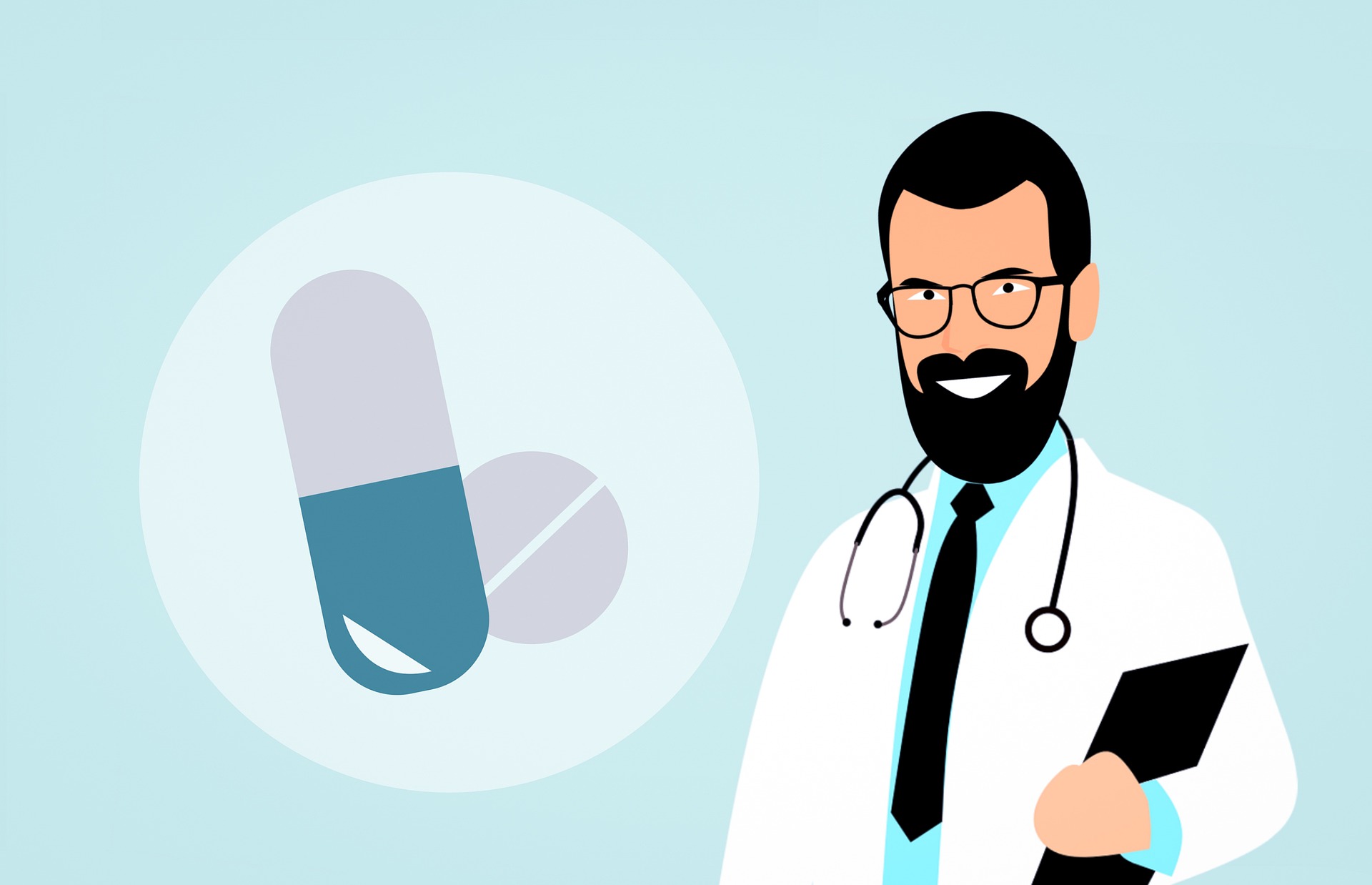
Introduction
The simultaneous use of prescription medications and alcohol is more common than most realize, yet it represents a silent and growing hazard. While a casual drink may seem harmless, when paired with certain medications, it can trigger dangerous—sometimes fatal—reactions. This isn’t simply a matter of “feeling drunk faster.” It is a complex interplay of chemical processes within the body that can turn a benign night out into a medical emergency.
Quick Strategies for Sobriety Support
When trying to recover from a night of drinking, it’s important to remember that there’s no instant cure, but certain habits can help you feel better sooner. Staying hydrated, eating nutrient-rich foods, and getting adequate rest can support your body’s natural detox process. Some people look for ways to flush alcohol out of your system fast, but the truth is, your liver works at its own pace to break down alcohol. Light exercise, electrolyte drinks, and avoiding further alcohol intake can ease symptoms. Patience, combined with healthy choices, remains the most effective approach to feeling clear-headed again.
Understanding How Prescription Drugs Interact with Alcohol
Alcohol is a central nervous system depressant, altering brain chemistry, impairing judgment, and slowing vital functions. Prescription drugs, while designed for therapeutic benefit, often work on similar pathways—whether to sedate, stimulate, or regulate mood. When the body metabolizes both substances, the liver and kidneys must work overtime to process them. This metabolic competition can lead to elevated drug concentrations in the bloodstream, intensifying effects and side effects alike. Such biochemical collisions can transform standard dosages into toxic levels.
Categories of Prescription Drugs Most Dangerous When Combined with Alcohol
Certain classes of medications present exceptional danger when alcohol enters the equation:
Sedatives and tranquilizers such as benzodiazepines (e.g., diazepam, alprazolam) can produce extreme drowsiness, memory blackouts, and life-threatening respiratory suppression.
Pain medications, particularly opioids, significantly raise the risk of overdose due to compounded effects on breathing and consciousness.
Antidepressants and antipsychotics can interact unpredictably, intensifying sedation, altering blood pressure, or worsening mood instability.
Even antibiotics and certain antihistamines can experience altered effectiveness or provoke heightened side effects when combined with alcohol.
Short-Term Risks of Combining Alcohol and Prescription Drugs
The immediate dangers often emerge within hours. Motor coordination deteriorates rapidly, reaction times slow, and cognitive clarity becomes clouded. Alcohol can exaggerate the sedative properties of many medications, resulting in dangerous blood pressure drops or irregular heart rhythms. In severe cases, the mixture can cause respiratory depression—where breathing becomes dangerously shallow—or slip the body into a coma-like state.
Long-Term Consequences of Chronic Mixing
When alcohol and prescription drugs are habitually combined, the damage compounds. The liver—responsible for detoxifying both substances—faces accelerated wear, leading to scarring or cirrhosis. Kidney function can decline, reducing the body’s ability to filter waste effectively. Over time, the brain’s neurochemical balance can shift, paving the way for dependency, depression, or cognitive deficits. What begins as a weekend indulgence can silently evolve into a life-altering health crisis.
Psychological and Behavioral Ramifications
The mental toll is equally severe. Alcohol already loosens inhibitions, but when blended with certain medications, the resulting disinhibition can amplify reckless behavior—risky sexual encounters, dangerous driving, or confrontational outbursts. For individuals with pre-existing mental health conditions, this combination can worsen symptoms, intensify anxiety or depressive episodes, and undermine ongoing treatment plans.
Recognizing the Warning Signs of Dangerous Interactions
Red flags often appear before tragedy strikes. Sudden confusion, extreme lethargy, slurred speech, or dizziness may signal a dangerous interaction. Behavioral changes—such as sudden irritability, erratic mood swings, or memory gaps—should not be dismissed. Prompt recognition and medical intervention can mean the difference between recovery and irreversible harm.
Prevention and Safer Alternatives
The safest route is clear communication with healthcare providers. Even moderate drinking should be disclosed, as many interactions occur with surprisingly small amounts of alcohol. For individuals in treatment cycles, exploring non-alcoholic alternatives or embracing alcohol-free social settings can protect both physical and mental health. Broader educational efforts, from public service campaigns to pharmacy counseling, remain vital in preventing avoidable harm.
Understanding Medication for Opioid Dependence
Treating opioid addiction often involves medications that reduce withdrawal symptoms and cravings, helping individuals maintain recovery. One commonly recognized form is the suboxone round orange pill, which combines buprenorphine and naloxone to block the effects of opioids while minimizing misuse potential. This medication is typically prescribed under medical supervision as part of a broader treatment plan that may include counseling and behavioral therapies. Its distinct appearance helps patients and healthcare providers identify it easily, ensuring correct dosage and usage. By supporting stability during recovery, it plays a vital role in helping individuals regain control over their lives.
Conclusion
Mixing prescription drugs with alcohol is far from a trivial misstep—it is a volatile gamble with one’s health and life. While the allure of relaxation or enhanced euphoria may tempt some, the risks far outweigh the fleeting benefits. Informed choices, vigilance, and open dialogue with medical professionals are essential in safeguarding well-being. The line between “just one drink” and a medical emergency can be perilously thin.







